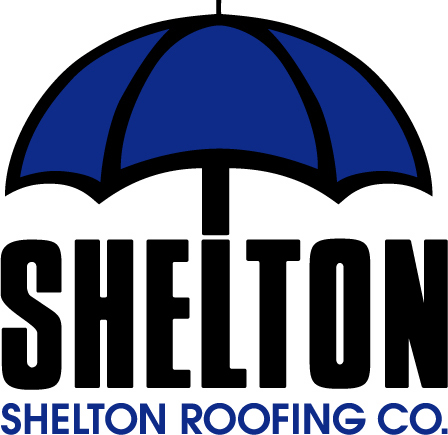When considering roofing installation for homes in Menlo Park, the process involves several key steps: prepare the site and remove the old roof, including all shingles, flashings, underlayment, and nails, to inspect the underlying roof decking for any damage that...
Shelton Roofing Blog
How Long Do Wood Shingles Last in Sunnyvale?
Wood shingles can last between 20 to 50 years in Sunnyvale, depending on factors like the type of wood used, the quality of installation, and regular maintenance. Cedar and redwood shingles last 30-50 years with proper care, while softer woods like pine may last 20-25...
A Step-by-Step Approach to Finding Reliable Roofers in Sunnyvale
To find reliable roofers in Sunnyvale, start by getting referrals from friends, family, or neighbors who have recently had roofing work done. Then, check online reviews on Yelp, Google, and Angie's List, and verify the roofer's licenses and certifications through the...
How Do Different Roofing Styles Affect Home Value in Palo Alto?
Different roofing styles significantly impact home value in Palo Alto, with factors like material quality, durability, and energy efficiency playing crucial roles. Homeowners in this area should consider options like metal roofing for longevity and energy efficiency,...
Best Roofing Options for Menlo Park Commercial Properties
The best roofing options for Menlo Park commercial properties include TPO and PVC systems, metal roofing, cool roofing materials, and roof coatings. These options are known for their durability, cost-effectiveness, and ability to reduce energy costs. TPO and PVC...
What Materials Do You Need for an Emergency Roof Leak Fix?
For an emergency roof leak fix, you'll need a roofing tarp or polyethylene plastic sheets and roofing nails or screws to secure them. These materials cover the damaged area and prevent further leaks until a permanent repair can be made. Roofing tape or sealant can...
The Importance of Sustainable Roofing Practices in Palo Alto
Sustainable roofing is very important in Palo Alto for several reasons. It helps reduce buildings' harmful effects on the environment, saves energy, and reduces carbon emissions. Using materials that make buildings more energy-efficient and adding features like green...
The Top 5 Trends in Re-Roofing for San Mateo Residents
For homeowners in San Mateo considering re-roofing, staying abreast of the latest trends is crucial. Currently, the top trends include a shift towards metal roofing, the adoption of cool roofing solutions, the use of impact-resistant shingles, the emergence of...
How Often Should Roof Flashing Be Replaced in Sunnyvale
In Sunnyvale, roof flashing should generally be replaced every 10-20 years. This timeframe can vary based on the flashing material and local environmental conditions. Roof flashing is a critical component of your roofing system, acting as a protective barrier that...
Can Emergency Roof Repairs Be a Permanent Solution
No, emergency roof repairs cannot be a permanent solution. They are designed as temporary fixes to address immediate issues like leaks or storm damage, providing quick relief to prevent further damage to the structure. The materials used in these repairs, such as...
10 Roofing Solutions That Can Withstand Extreme Weather
Think about using strong roofing to protect your home from bad weather. Metal roofing is great because it can handle wind and fire. Asphalt shingles that don't get damaged are good for places with lots of hail and storms. Concrete or clay tiles are also strong against...
Why Re-Roofing Is a Smart Investment for Your Home
Re-roofing your house is a smart choice. It makes your home look better and increases its value, which is great if you want to sell it later. It also makes your house more energy-efficient, meaning you spend less on heating and cooling. Plus, a new roof protects your...
